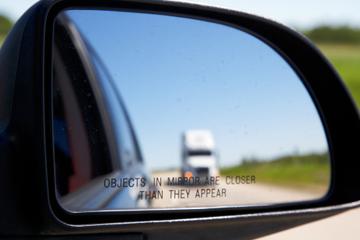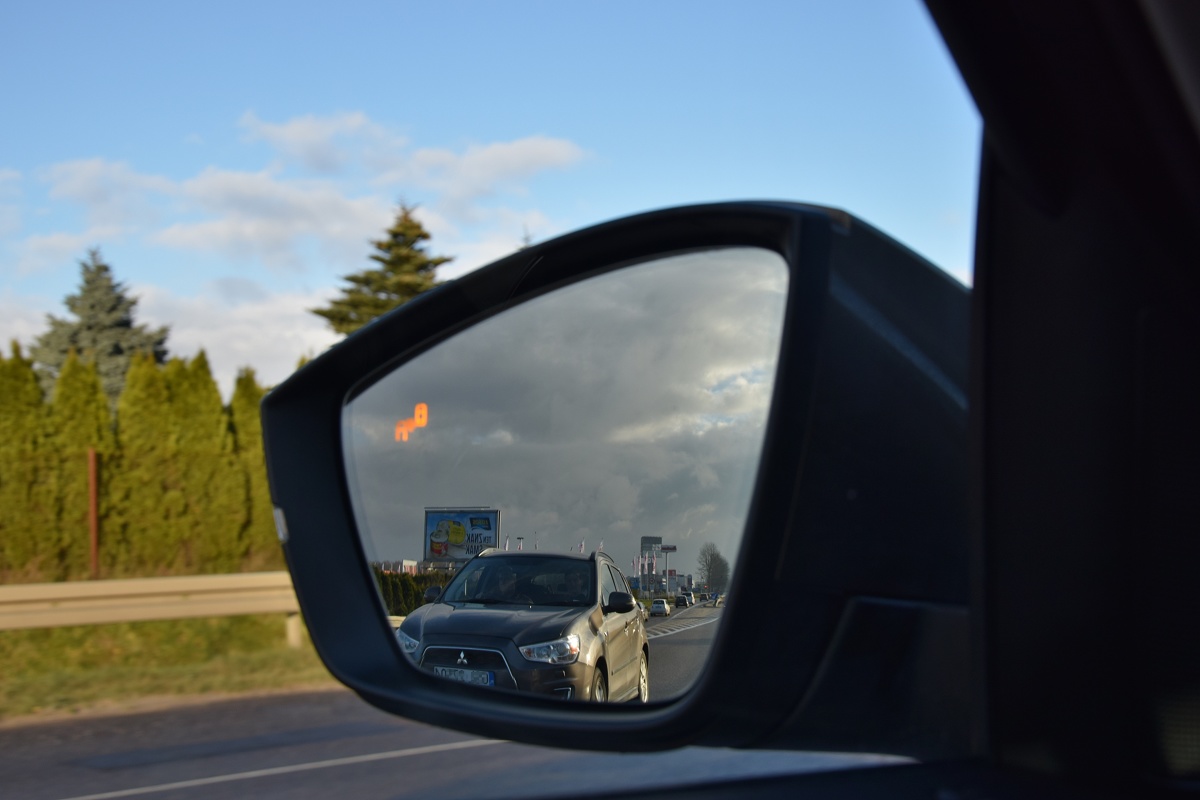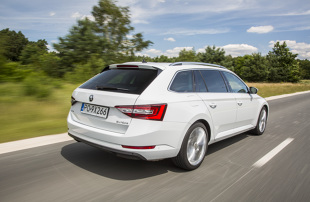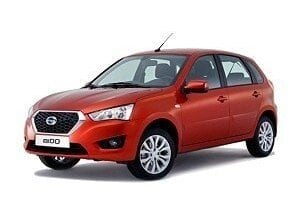
Blind spot in the mirror. How can they be minimized?
 Side mirrors are an indispensable element that allows the driver to observe the situation behind the car. However, each mirror has a so-called blind zone, that is, the area around the car that is not covered by mirrors.
Side mirrors are an indispensable element that allows the driver to observe the situation behind the car. However, each mirror has a so-called blind zone, that is, the area around the car that is not covered by mirrors.
Probably, no driver needs to be convinced that mirrors not only make driving easier, but also directly affect driving safety. Therefore, correctly positioned mirrors in the car play a key role. Thanks to them, you can always control what is happening in the rear of the car.
However, what and how we see in the mirrors depends on their correct setting. Remember the order - first the driver adjusts the seat to the driver's position, and only then adjusts the mirrors. Any change to the seat settings should cause the mirror settings to be checked.
In the exterior mirrors, we should see the side of the car, but it should not occupy more than 1 centimeter of the mirror surface. This adjustment of the mirrors will allow the driver to estimate the distance between his car and the observed vehicle or other obstacle.
But even the most well-positioned mirrors will not eliminate the blind spot around the car that is not covered by the mirrors. “Nevertheless, we must arrange the mirrors in such a way that the blind zone is minimized as much as possible,” says Radoslav Jaskulsky, an instructor at the Skoda Driving School.
 The solution to this problem is additional mirrors with a curved plane, which were glued to the side mirror or attached to its body. Nowadays, almost all major car manufacturers use aspherical mirrors, called broken mirrors, instead of flat mirrors. point effect.
The solution to this problem is additional mirrors with a curved plane, which were glued to the side mirror or attached to its body. Nowadays, almost all major car manufacturers use aspherical mirrors, called broken mirrors, instead of flat mirrors. point effect.
But there is an even more modern way to control the blind spot. This is an electronic blind spot monitoring function - the Blind Spot Detect (BSD) system, which is offered, including in Skoda, for example, in the Octavia, Kodiaq or Superb models. In addition to the driver's mirrors, they are supported by sensors located at the bottom of the rear bumper. They have a range of 20 meters and control the area around the car. When BSD detects a vehicle in the blind spot, the LED on the exterior mirror lights up, and when the driver gets too close to it or turns on the light in the direction of the recognized vehicle, the LED will flash. The BSD blind spot monitoring function is active from 10 km/h to maximum speed.
Despite these conveniences, Radosław Jaskulski advises: – Before overtaking or changing lanes, look carefully over your shoulder and make sure there is no other vehicle or motorcycle that you cannot see in your mirrors. The Auto Skoda School instructor also notes that cars and objects reflected in mirrors do not always correspond to their actual size, which affects the assessment of the distance when maneuvering.
